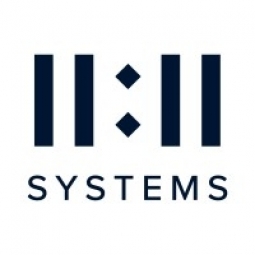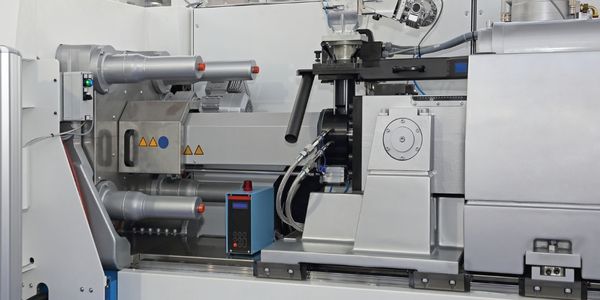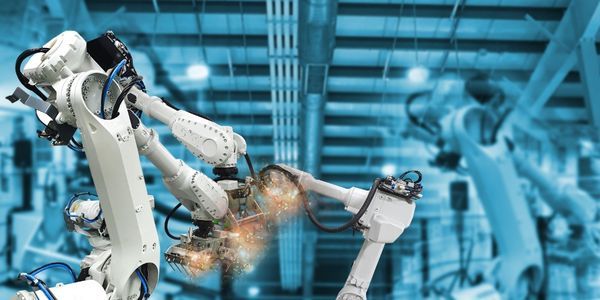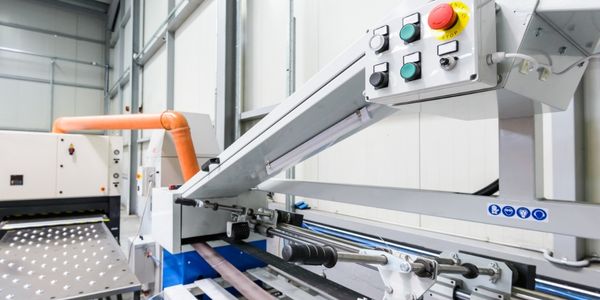Piab eliminates barriers to strategic IT with iland, now 11:11 Systems, cloud and disaster recovery services.

Customer Company Size
Large Corporate
Region
- Europe
Country
- Sweden
Product
- 11:11 Cloud (IaaS)
- 11:11 Disaster Recovery for Zerto
Tech Stack
- Cloud Computing
- Disaster Recovery
Implementation Scale
- Enterprise-wide Deployment
Impact Metrics
- Productivity Improvements
- Cost Savings
Technology Category
- Infrastructure as a Service (IaaS) - Backup & Recovery
- Infrastructure as a Service (IaaS) - Cloud Computing
Applicable Functions
- Discrete Manufacturing
Use Cases
- Manufacturing System Automation
Services
- Cloud Planning, Design & Implementation Services
- System Integration
About The Customer
Piab is a global organization based in Täby, Sweden, with subsidiaries and distributors in more than 50 countries. Established in 1951, the company is a leader in industrial automation, specializing in the creation of cutting-edge vacuum solutions that improve the efficiency and working environments for many of the world’s largest manufacturers. Piab's innovative industrial automation solutions transform factories by improving energy efficiency and productivity. The company's IT team mirrors the company’s innovative culture of driving business and getting ahead of issues by strategically adopting technologies and optimizing processes. Business is booming, and the team refuses to waste resources on procuring and managing additional hardware infrastructure.
The Challenge
Piab, a leader in industrial automation, was facing challenges with its production servers and disaster recovery. The company had been using its own servers at a colocation data center in Stockholm, but any time a hard drive failed or the IT team needed to add RAM or storage, a staff member had to physically drive to the location more than 30 minutes away. Then they had to deal with security procedures and equipment delivery in and out of the data center. Faced with the prospect of purchasing all new hardware infrastructure, Anderson took a more strategic step and tapped [11:11]’s enterprise cloud to host its entire production environment. Piab had been using an incumbent software solution for disaster recovery, but it no longer met the IT team’s requirements and did not inspire confidence. For one thing, it required a lot of resources—several gigabytes per server—from the environment. The bigger concern was that Anderson and his team weren’t sure that it would meet their recovery time objectives, and they weren’t easily able to run tests to see how it would perform in a real disaster.
The Solution
Piab turned to iland, now 11:11 Systems, to manage its move to the cloud for both production and disaster recovery. The company tapped [11:11]’s enterprise cloud to host its entire production environment, eliminating the need for physical hardware maintenance and allowing for the addition of resources as needed. For disaster recovery, Piab used [11:11] Disaster Recovery Services for Zerto. This allowed Piab to run regular tests to ensure the company’s resources are protected in a real disaster and that employees will have access to the systems and data they need. Now, Piab is confident it will meet a Recovery Time Objective of four hours and a Recovery Point Objective of between five and sixty minutes, depending on the application.
Operational Impact
Quantitative Benefit

Case Study missing?
Start adding your own!
Register with your work email and create a new case study profile for your business.
Related Case Studies.

Case Study
Plastic Spoons Case study: Injection Moulding
In order to meet customer expectations by supplying a wide variety of packaging units, from 36 to 1000 spoons per package, a new production and packaging line needed to be built. DeSter wanted to achieve higher production capacity, lower cycle time and a high degree of operator friendliness with this new production line.

Case Study
Robot Saves Money and Time for US Custom Molding Company
Injection Technology (Itech) is a custom molder for a variety of clients that require precision plastic parts for such products as electric meter covers, dental appliance cases and spools. With 95 employees operating 23 molding machines in a 30,000 square foot plant, Itech wanted to reduce man hours and increase efficiency.

Case Study
Fully Automated Visual Inspection System
Tofflon has developed a fully automatic machine that uses light to inspect vials, medicine bottles, or infusion containers for glass fragments, aluminum particles, rubber grains, hairs, fibers, or other contaminants. It also detects damaged containers with cracks or inclusions (microscopic imperfections), automatically removing faulty or contaminated products. In order to cover all production processes for freeze-dried pharmaceuticals, Tofflon needed to create an open, consistent, and module-based automation concept.

Case Study
SAP Leonardo Enabling Rocket Science
At times, ULA has as many as 15 different operating systems dedicated to overlapping processes, such as rocket design, testing, and launch. Multiple systems created unnecessary costs and unwanted confusion among workers at offices, factories, and launch sites in different location. In order to improve collaboration and transparency during vital activities that directly influence mission success, ULA wanted to improve data sharing and streamline manufacturing processes.

Case Study
IIC Smart Manufacturing Connectivity for Brown-field Sensors
The discrete manufacturing domain is characterized by a strictly hierarchical structure of the automation systems, commonly referred to as the automation pyramid. Data acquired by a sensor typically flows through an IO-module into a Programmable Logic Controller (PLC) which manages the local real-time control system. As all process data are concentrated in the PLC, re-programming the PLC and thus, implementing interfaces to access these data appear to be the natural choice to transfer them to the IT system. However, for brownfield installations this choice has proven impracticable for the following two reasons:In brownfield facilities, PLC usually operate within a once-specified environment and are rarely re-programmed. That is why the active staff is often not familiar with the code and lacks of the competence to modify the existing implementation in a reasonable amount of time.Furthermore, for cost reasons, any PLC was selected to exactly match the requirements of the environment within which it was intended to operate. That is why it cannot be assumed that a PLC will be able to support additional tasks such as communicating data through additional interfaces.

Case Study
Smart Factory Solutions for Tobacco Industries: Bridging the Manufacturing Generation Gap and Improving Operational Efficiency
The tobacco industry, represented in this case by British American Tobacco (BAT), is facing a decline in cigarette volumes worldwide. This decline has led to an increased emphasis on efficient supply chains and optimized production processes. The industry is also grappling with the need for agile production facilities and the integration of Industry 4.0 to accommodate diverse production requirements. BAT, in particular, was seeking a factory solution to automate their product control processes, from the transportation of tobacco and cigarette paper to the placement on cigarette machines and the packing conveyor. The company also needed to support the continuous use of legacy equipment, such as relay-controlled cigarette machines dating back to the 90s and AMK servo drive systems, to sustain production levels at speeds of 8000 to 16000 pieces per minute. Furthermore, changing regulatory guidelines necessitated flexibility in labeling requirements.






